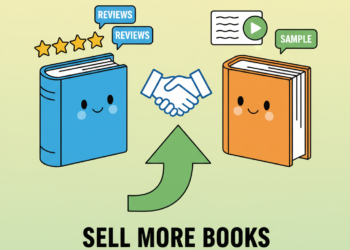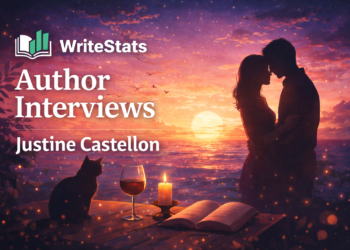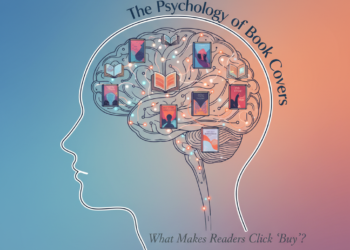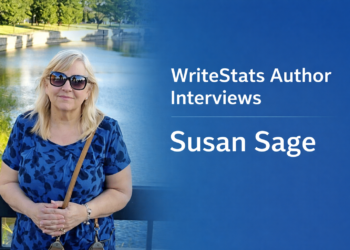When a traditional publishing house gets 100 manuscripts, only 1 or 2 of them are accepted. This number may seem discouraging to writers who want to be published. Still, it raises an important question for publishers: Are we really finding hidden gems, or are potential bestsellers getting away?
The reality is that low acceptance rates are not always a reflection of poor-quality submissions. Many titles are passed over simply because they don’t fit current publishing priorities or because their potential isn’t immediately recognized. This article talks about why acceptance rates are still so low and gives useful, data-based tips for finding hidden gems that might not be seen otherwise.
📊 The Reality Of The 1-2%: Why So Few Make the Cut
Every year, publishing houses receive a lot of submissions:
- Big homes: Receive up to 10,000 unsolicited manuscripts each year
- Acceptance rate in the industry: 1–2%
- Common rejection reasons:
- Bad formatting or editing
- A weak story idea or characters that aren’t fully developed
- Not in line with what the market is doing right now
- Over-saturated genres that are making less money
Sadly, this means that a lot of good manuscripts never get past the first round of reading. Publishers can greatly increase their chances of finding works that can be sold by improving the way they look for hidden gems.
📈 Strategies for Finding Hidden Gems in the Slush Pile
1. Use Data to Identify Emerging Trends
It’s dangerous to rely on gut feelings alone in a market that changes quickly. Publishers can use data analytics to keep track of changing reader preferences, genre demand, and even niche storytelling trends.
Practical Tips:
- Keep an eye on keyword searches on sites like Amazon and Goodreads.
- Look at book trends on social media. For example, TikTok’s #BookTok has changed whole genres.
- Track sales velocity in indie publishing for early signals of rising genres.
Pro Insight: Platforms like WriteStats provide real-time reader behavior data, making finding hidden gems less about guesswork and more about targeted decision-making.
2. Implement AI-Assisted Screening Tools
AI can’t replace human judgment, but it can make the screening process faster and more consistent. AI tools can flag manuscripts based on their genre, pacing, tone, and themes. This lets acquisitions teams spend more time on candidates who look promising.
Practical Tips:
- Use AI to sort submissions into three groups: those that should be rejected right away, those that should be looked at again, and those that have a lot of potential.
- For balanced decision-making, use both AI analysis and human editorial review.
- Use the data from your past purchases to train AI tools so they can make better predictions.
3. Create Development Pipelines for Near-Miss Manuscripts
Not all rejected manuscripts are a lost cause. In fact, some of the most successful books were once turned down. Finding hidden gems often means knowing when a manuscript has more to offer.
Practical Tips:
- Start an “Author Incubator” program to help authors who are close to finishing their books.
- Offer paid editorial packages or co-publishing options for works that show promise but aren’t quite ready for publishing yet.
- Keep a list of high-potential rejections that you can look at again later.
Case Study: Several of the biggest publishers have started “revival” programs that turned rejected manuscripts into best-selling books.
4. Evaluate the Author’s Platform as Part of the Equation
A strong manuscript combined with an engaged audience is a powerful combination. Authors who have a lot of followers on Instagram, TikTok, YouTube, or Substack often do better than their equally talented but less well-known peers. (Check out: Jane Friedman – Building an Author Platform)
Practical Tips:
- Review the author’s social media engagement rates, not just follower count.
- Consider previous self-publishing success as proof of market appeal.
- Collaborate with authors who are willing to actively participate in marketing.
5. Promote working together between departments
Sometimes you have to break down walls to find hidden gems. Acquisitions editors might not see the potential that marketing teams, salespeople, and even designers do.
Practical Tips:
- Hold monthly “pitch review” meetings with representatives from multiple departments.
- Share promising manuscripts early to gather diverse perspectives on marketability.
- Involve publicity teams in early-stage selection to assess promotional viability.
🟨 Key Takeaway for Publishers
The average acceptance rate in the industry is still 1–2%, but publishers who are open to using analytics, AI tools, and long-term author development will have a much better chance of finding hidden gems. Publishers can find the bestsellers of the future and cut down on missed chances by looking beyond the obvious and making systems to support near-miss talent.
📢 Ready to start finding hidden gems more effectively?
Discover how WriteStats can help your acquisitions team identify market-ready manuscripts, track emerging trends, and gain a competitive edge in a crowded market. Visit WriteStats.com to learn more.









